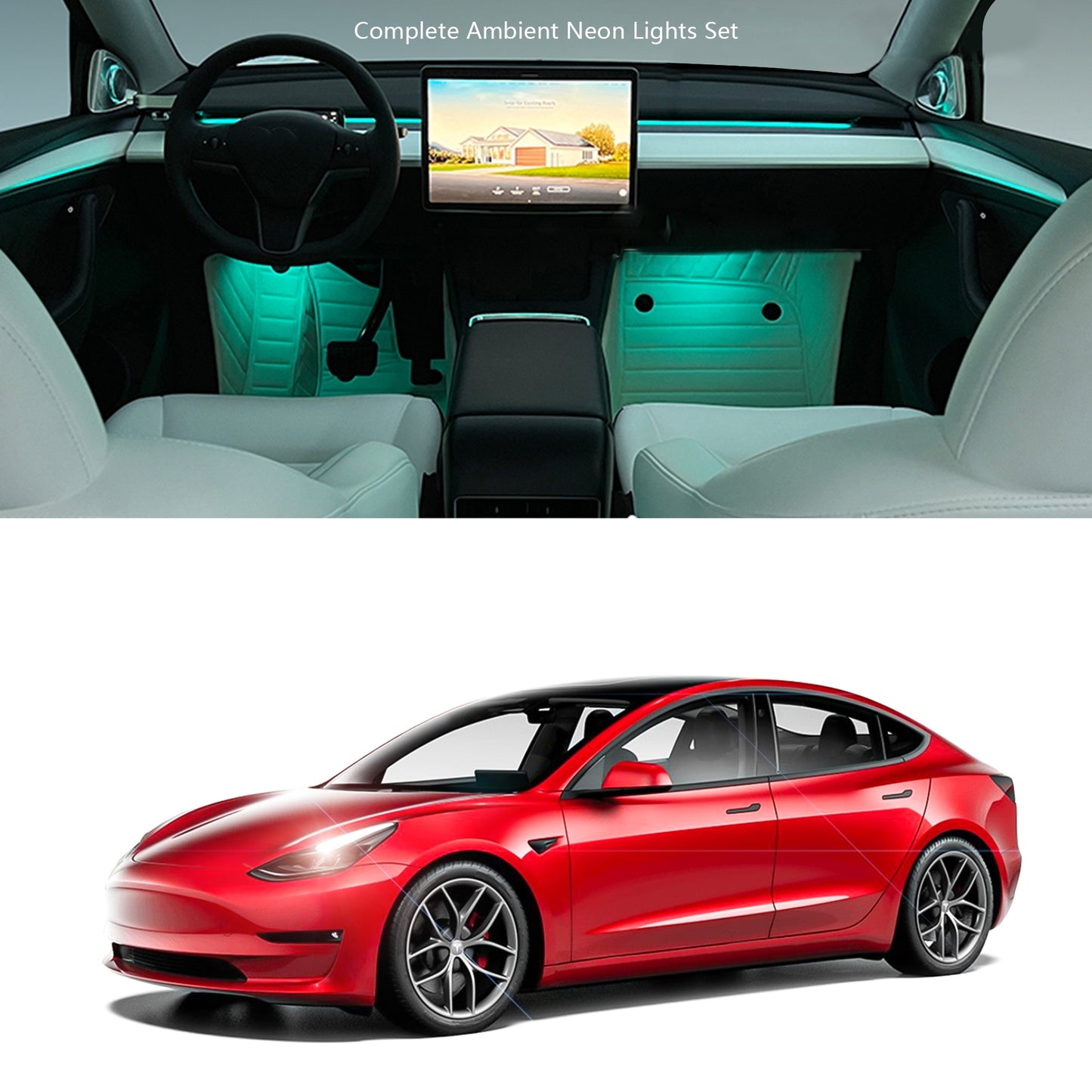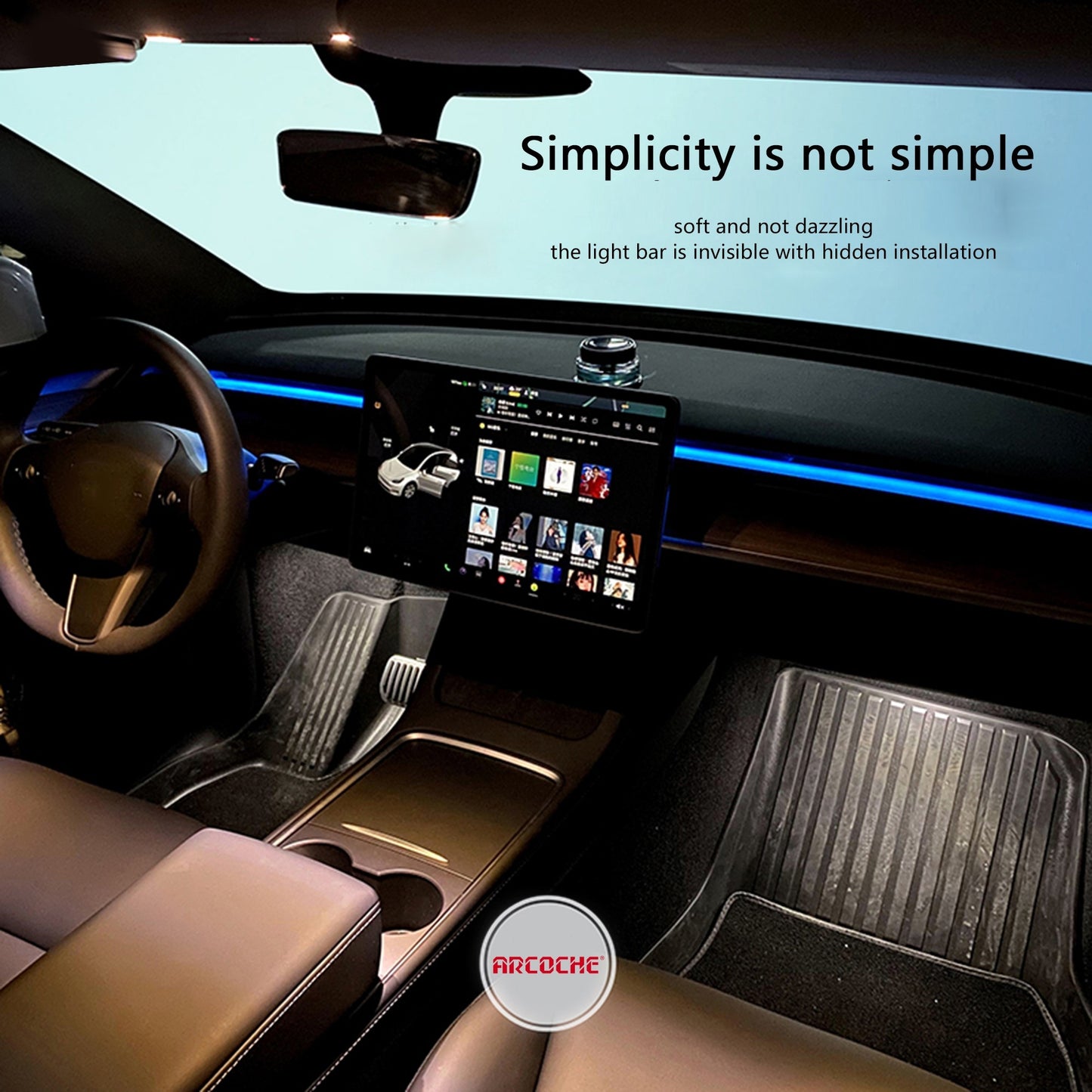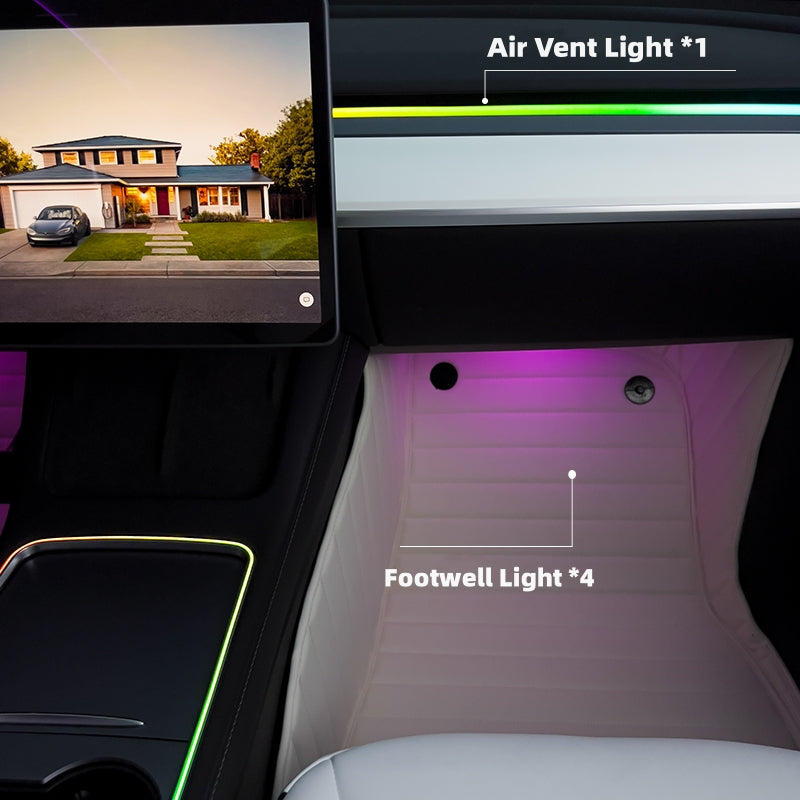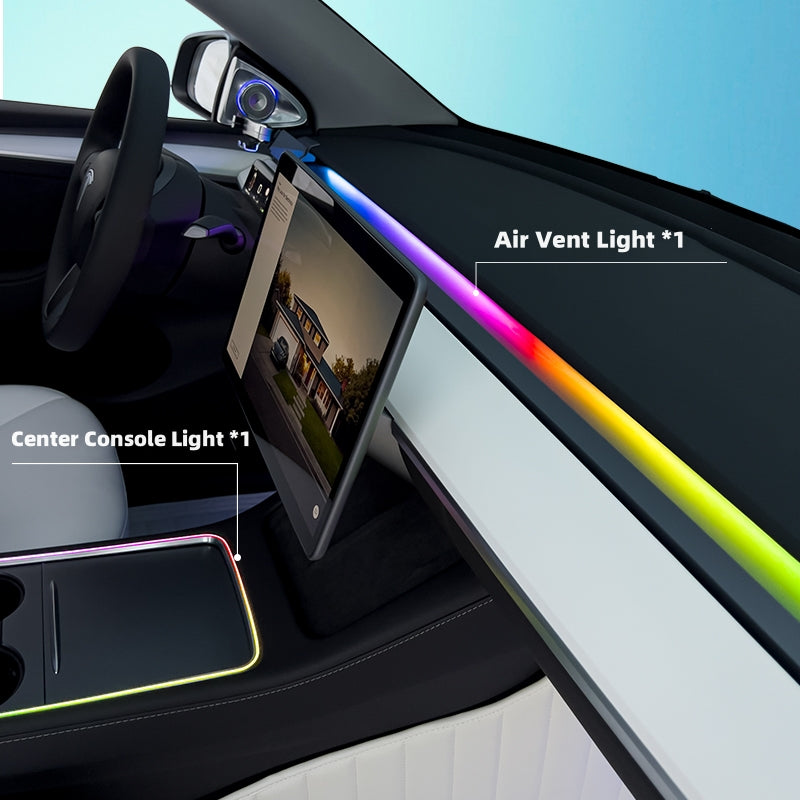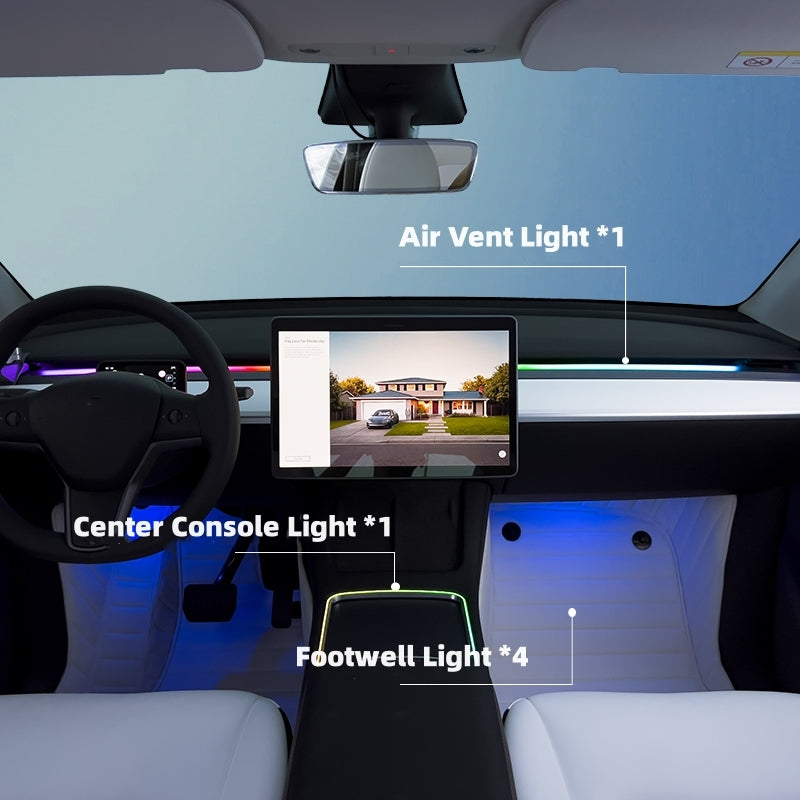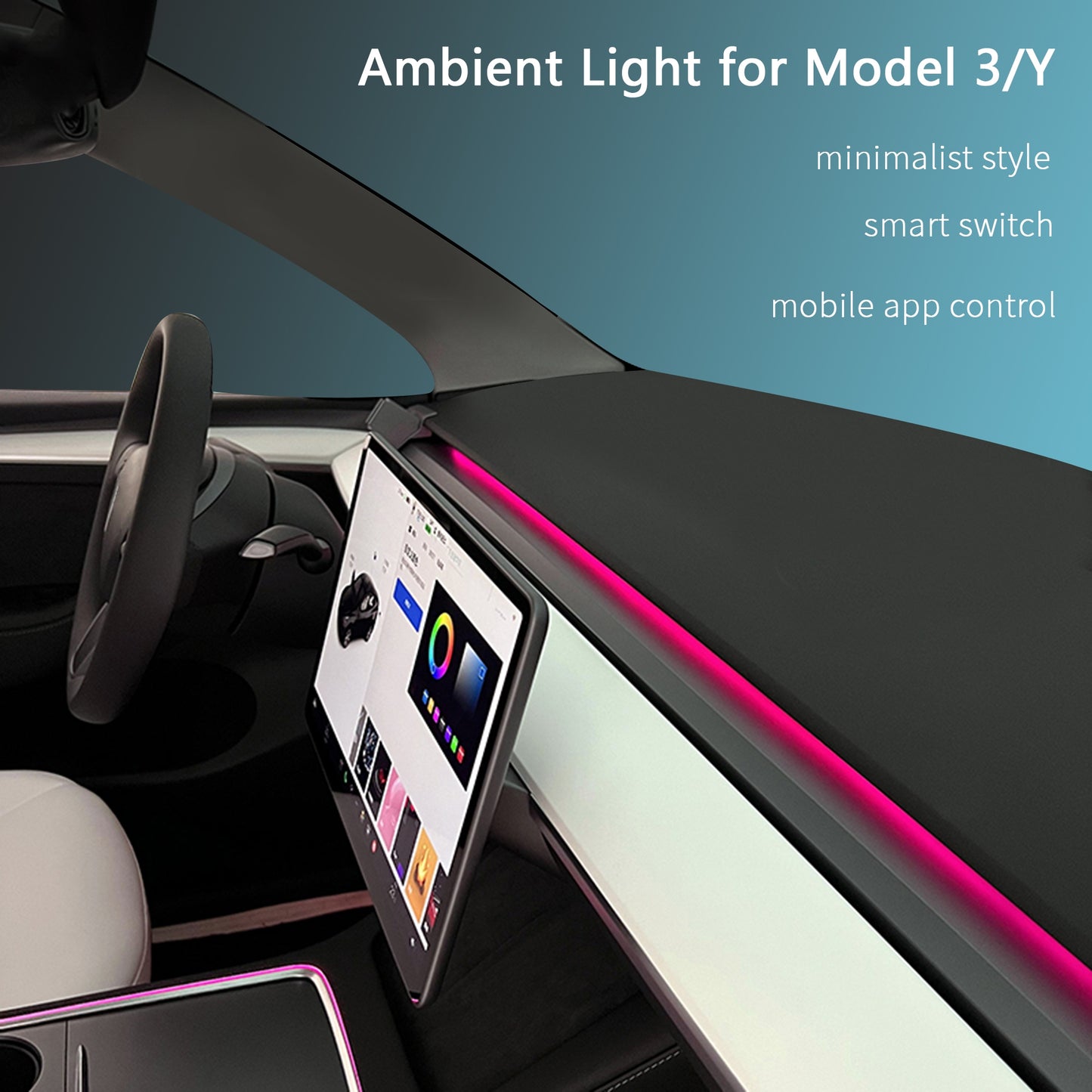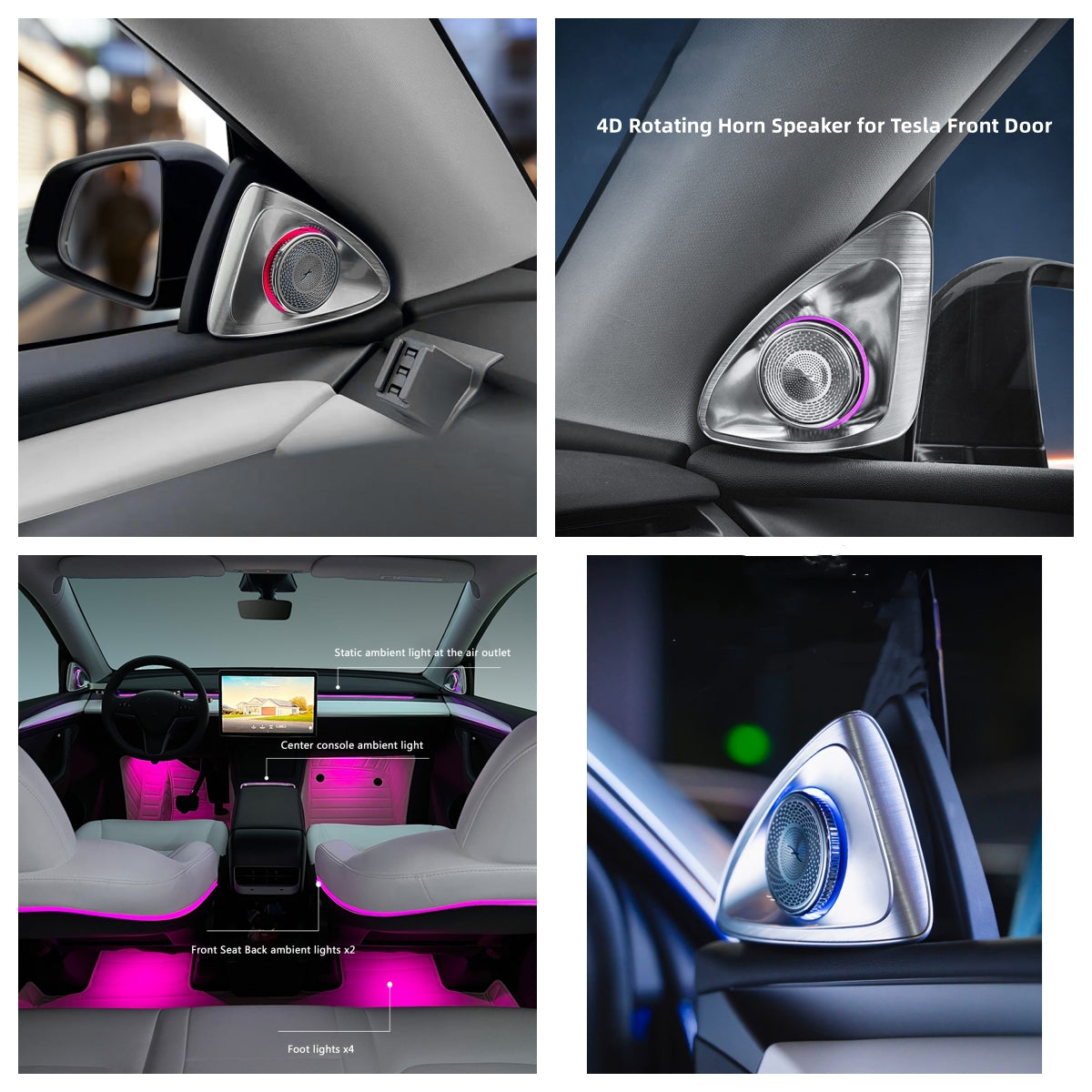
Tesla Files Patent for Adaptive Suspension Technology Using Fleet Data
Tesla has secured a patent for a cutting-edge system that dynamically adjusts vehicle suspension based on environmental and road conditions. This marks another step forward in Tesla’s pursuit of technological innovation, focusing on both ride comfort and safety.
Enhanced Suspension System
The patent primarily revolves around Tesla’s ability to fine-tune suspension settings by utilizing real-time data shared across its vehicle fleet. Tesla already applies adaptive air suspension in its vehicles, like the Model S and Model X, adjusting for air density and elevation. However, this new system expands on that by integrating data collected from every vehicle in the Tesla network to actively respond to road conditions.
Building a Road Condition Database
Tesla’s new technology works by creating a detailed map of road conditions, which is continuously updated. Every time a Tesla vehicle traverses a road, data from sensors, including accelerometers and suspension levels, is recorded and added to a comprehensive road profile. This information allows Tesla to generate a fleet-wide “roughness map” of roads that helps vehicles pre-emptively adjust their suspension when encountering challenging terrain.
By combining road condition data with GPS coordinates, Tesla vehicles will be able to make real-time adjustments, offering a smoother and safer ride. The suspension will respond automatically to rough or uneven surfaces, optimizing for both comfort and vehicle performance.
Benefits of Active Suspension
One of the key advantages of this adaptive suspension system is the potential for enhanced vehicle efficiency. By adjusting the suspension to absorb shocks from road imperfections, vehicles can maintain better momentum and reduce rolling resistance. This will not only make driving more comfortable but also help with energy efficiency by minimizing the loss of forward motion over uneven surfaces.
This adaptive suspension feature could be particularly beneficial for off-road driving, as well as for more common road issues such as potholes, speed bumps, or steep driveways.
Future Applications
Tesla’s active suspension system will likely be integrated into future models, including the Model Y. It’s also expected that the Cybertruck and next iterations of the Model 3 will benefit from this innovation. The feature may become standard across Tesla’s entire lineup as part of its broader mission to provide smarter, safer, and more comfortable vehicles.
For those looking forward to future enhancements in Tesla’s vehicle lineup, this adaptive suspension system represents another step in creating vehicles that can learn and adapt to the roads they travel.




